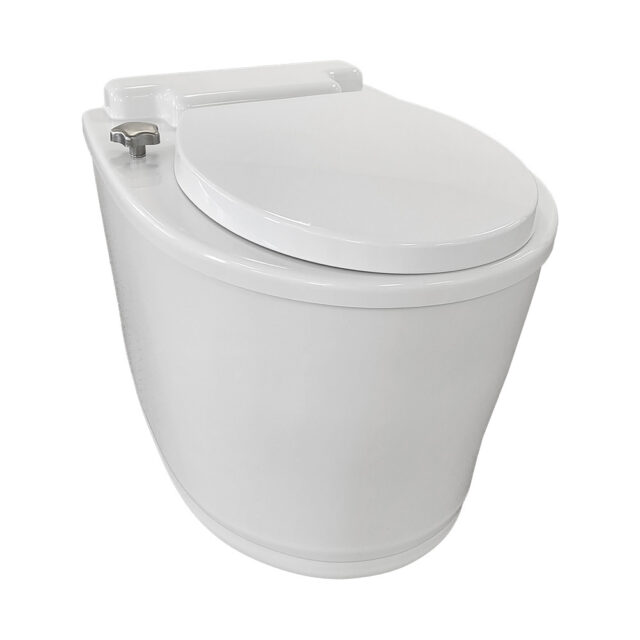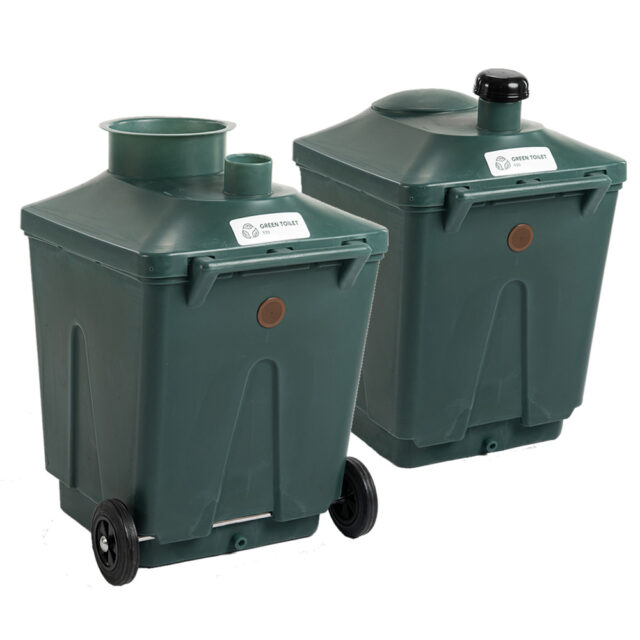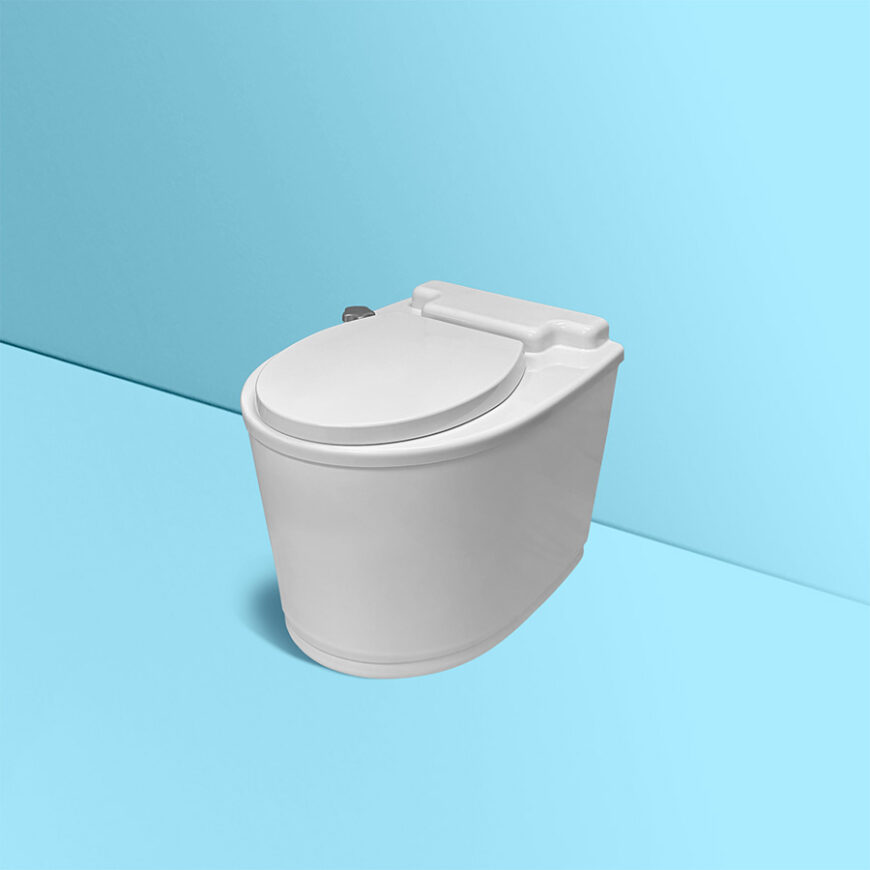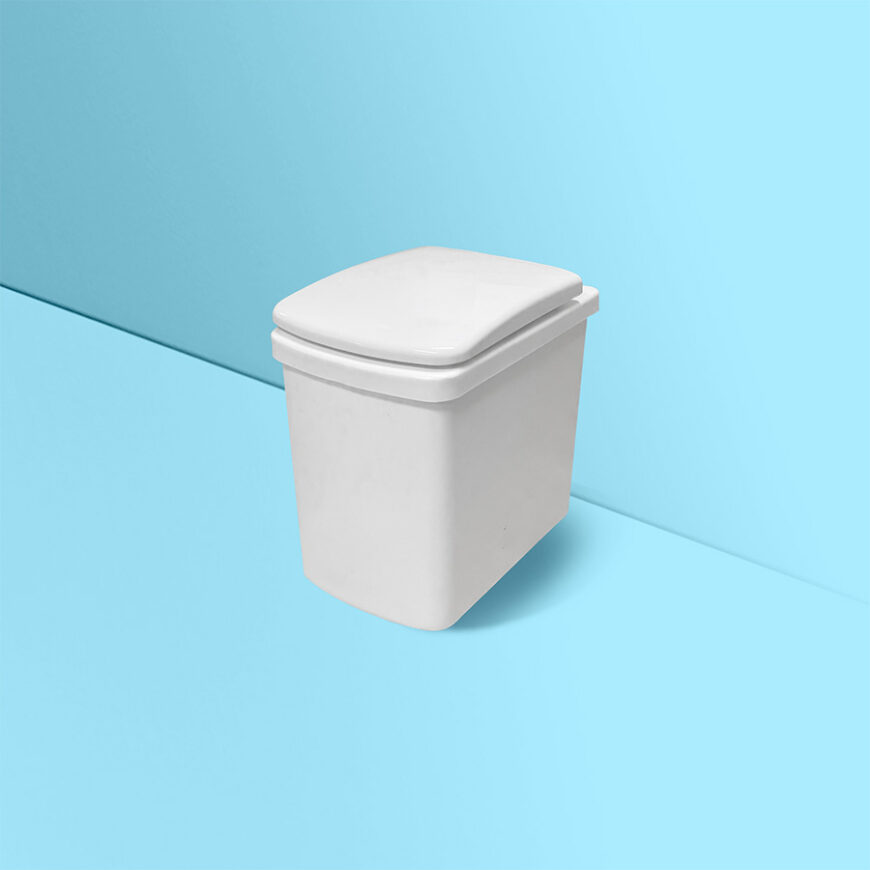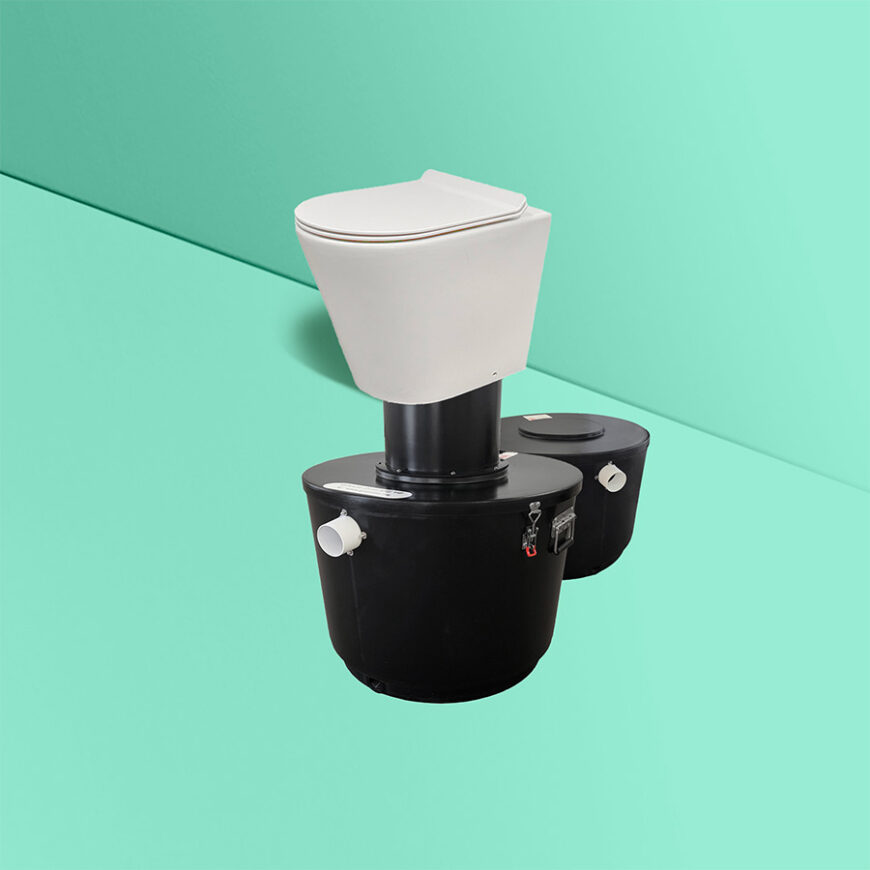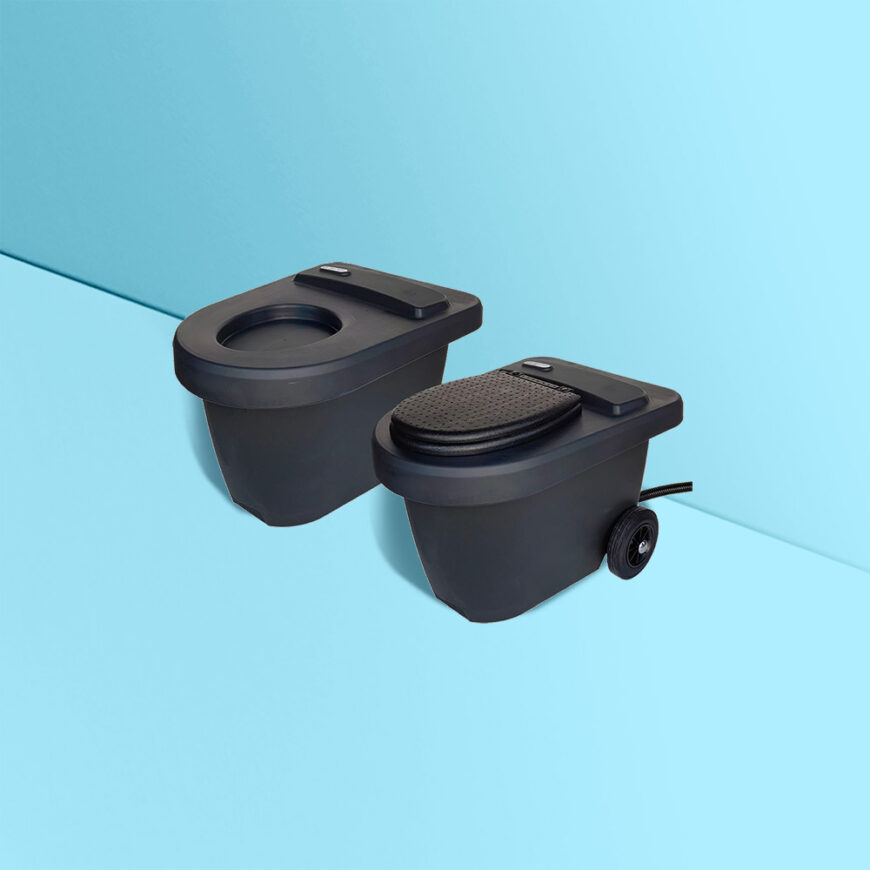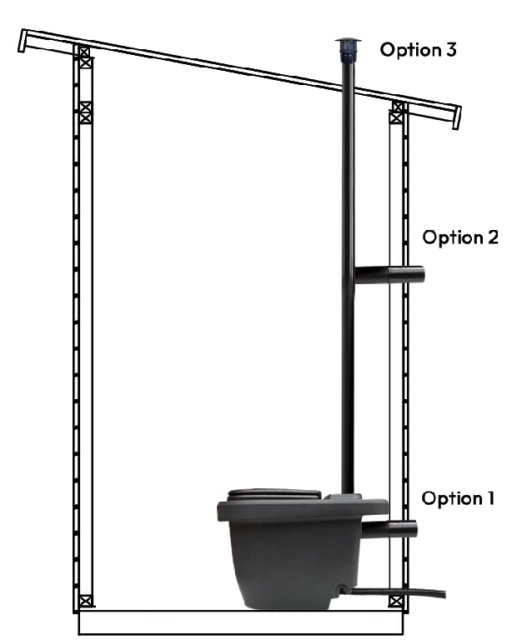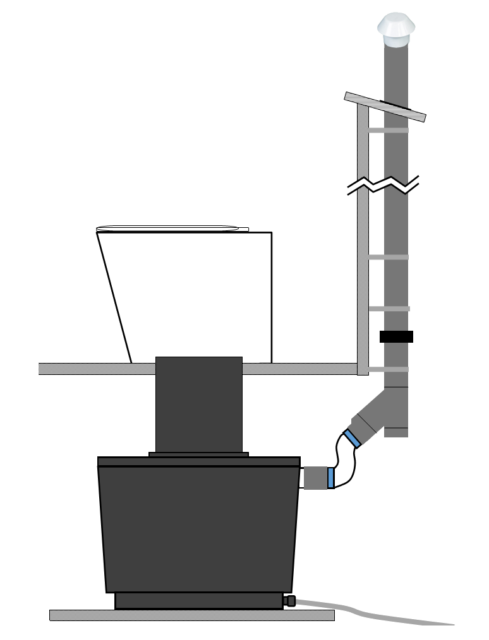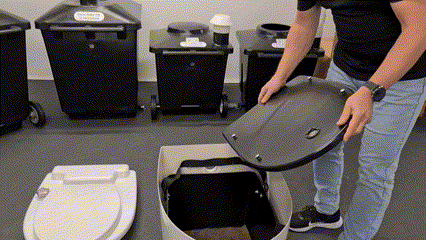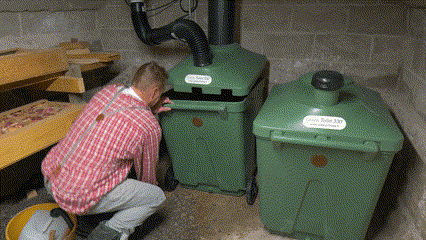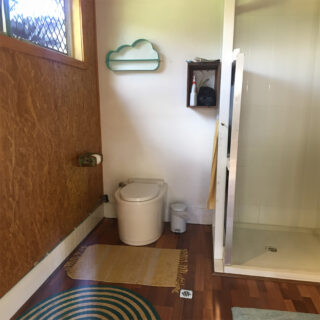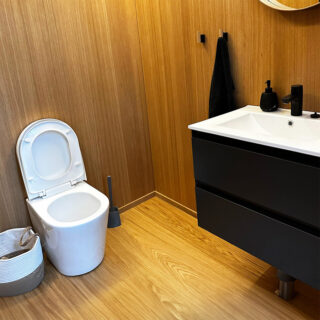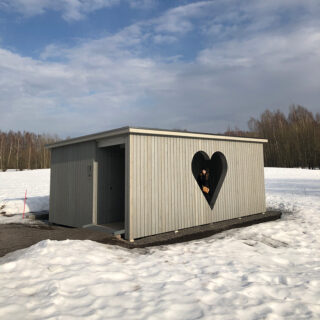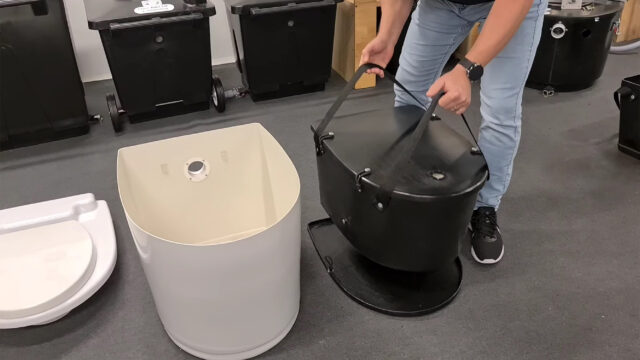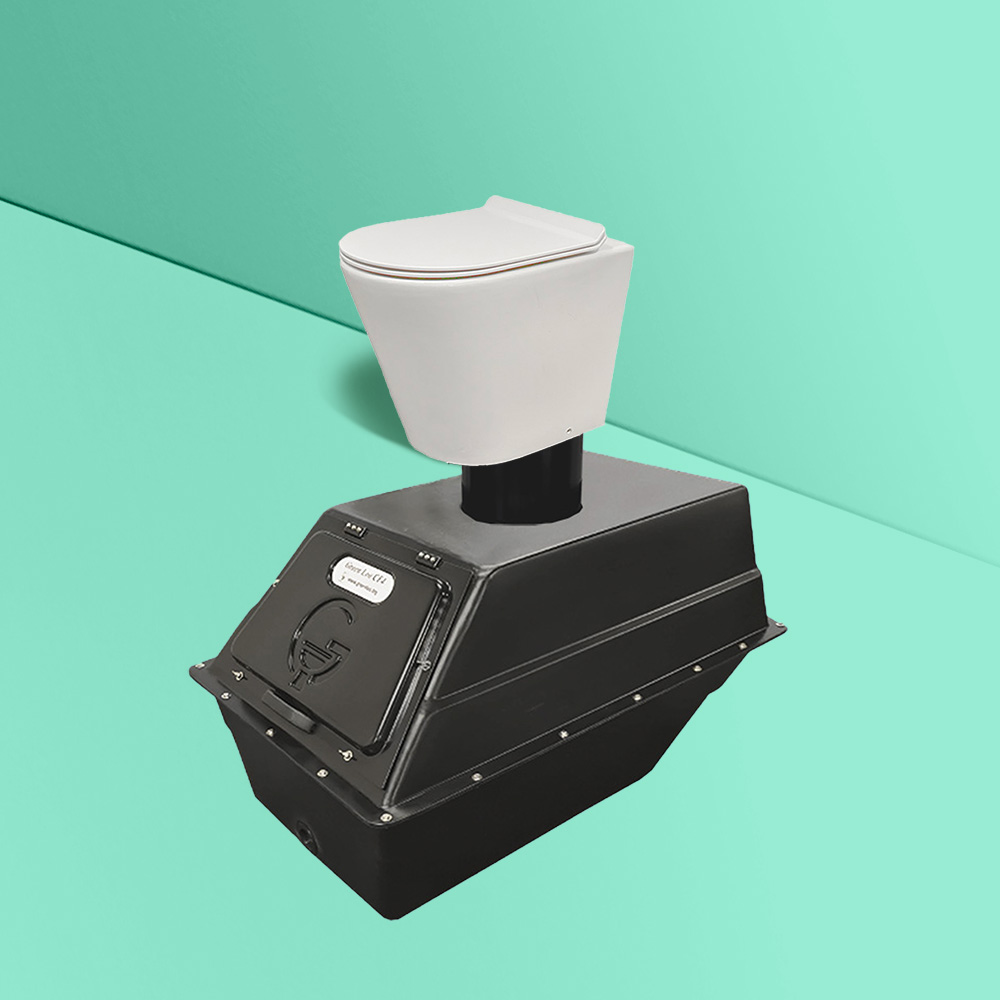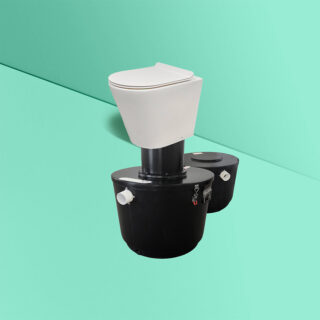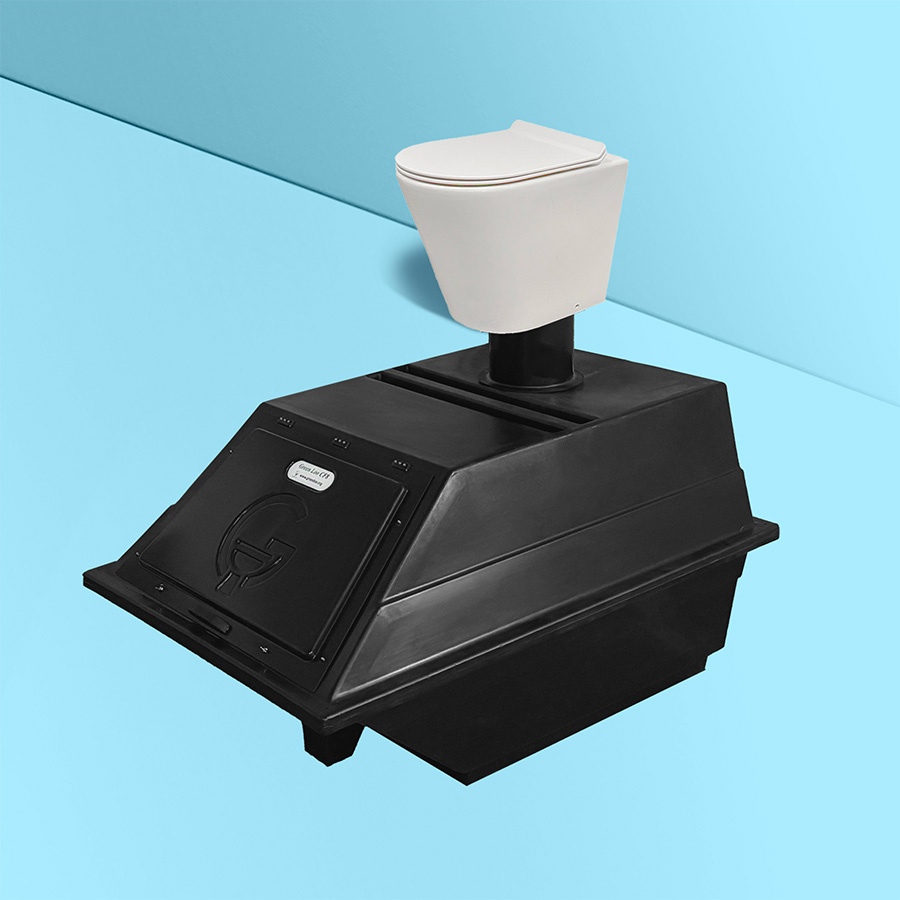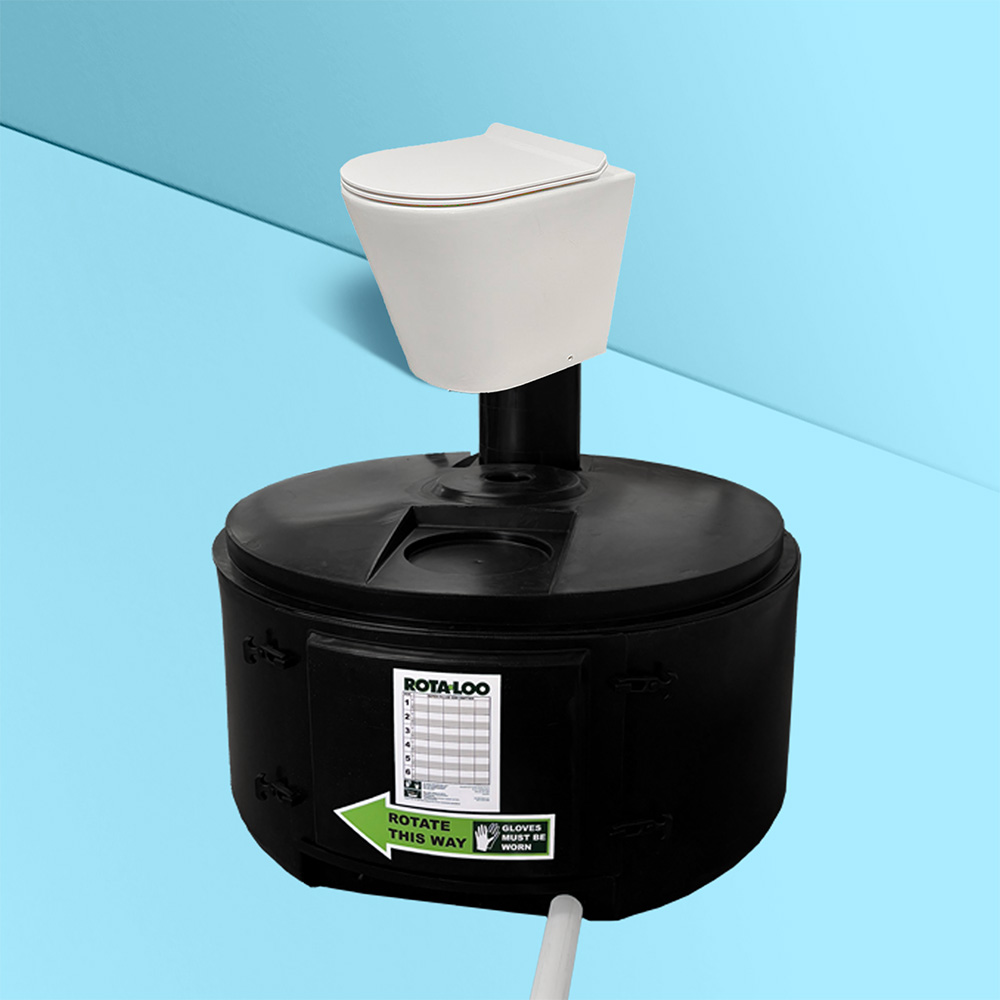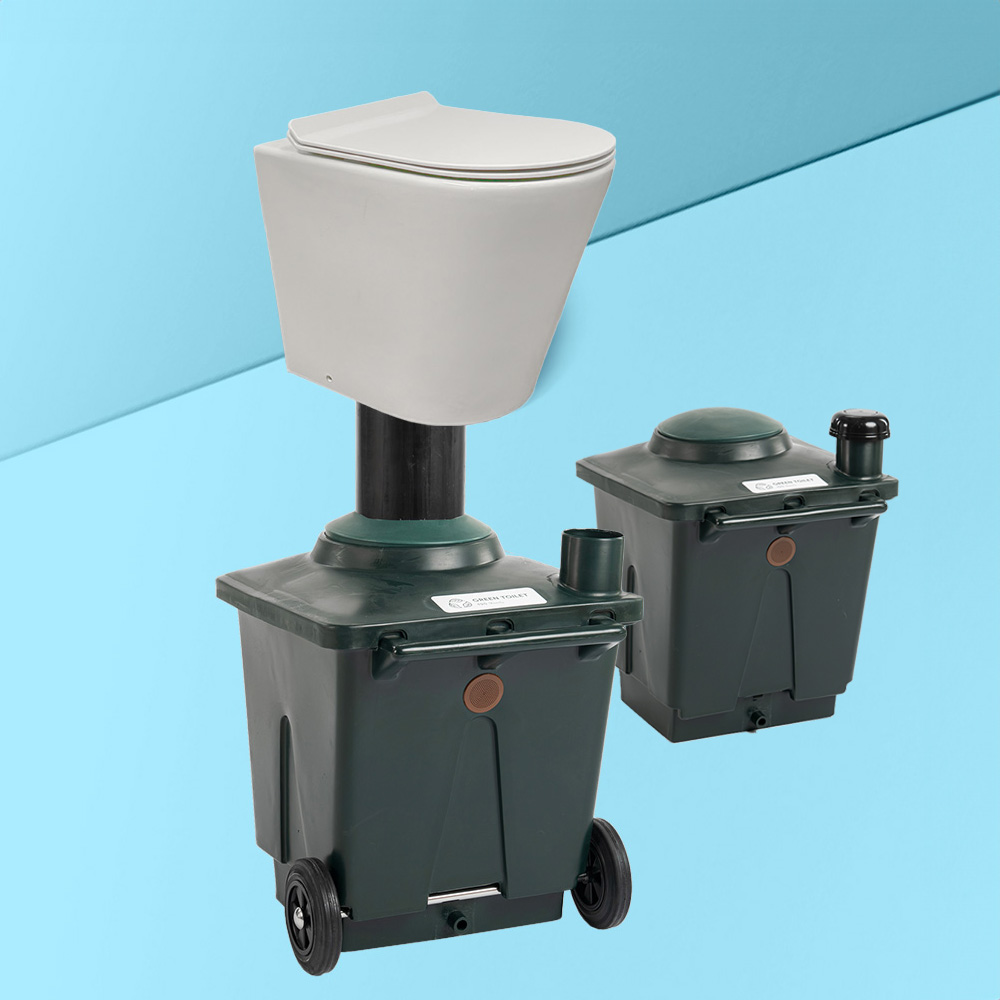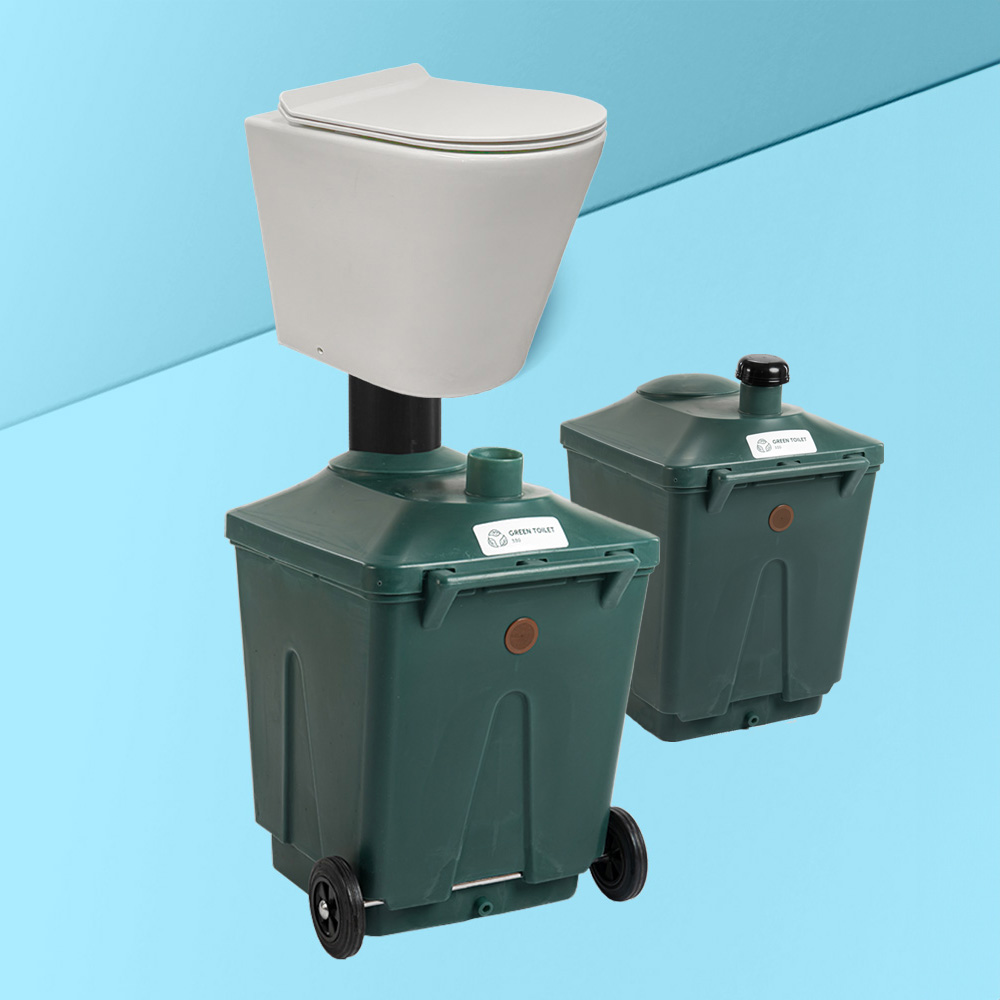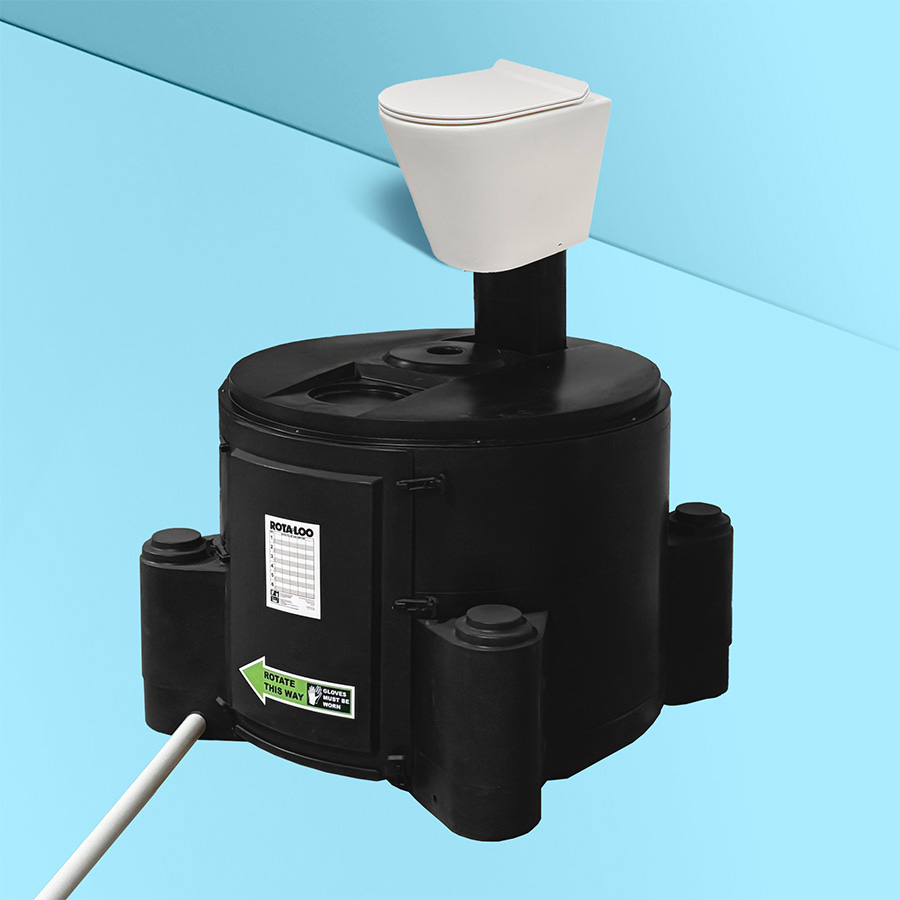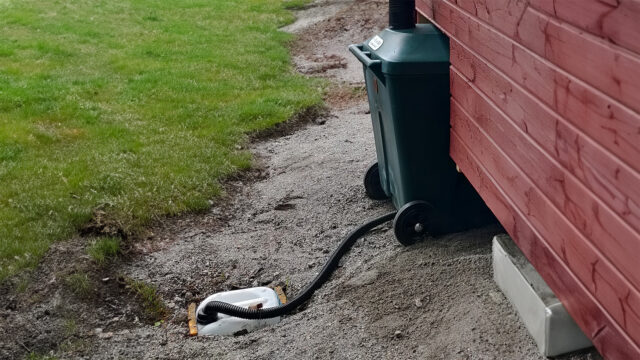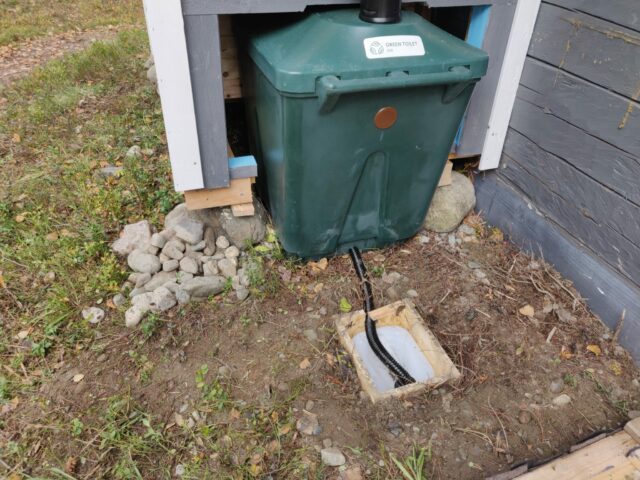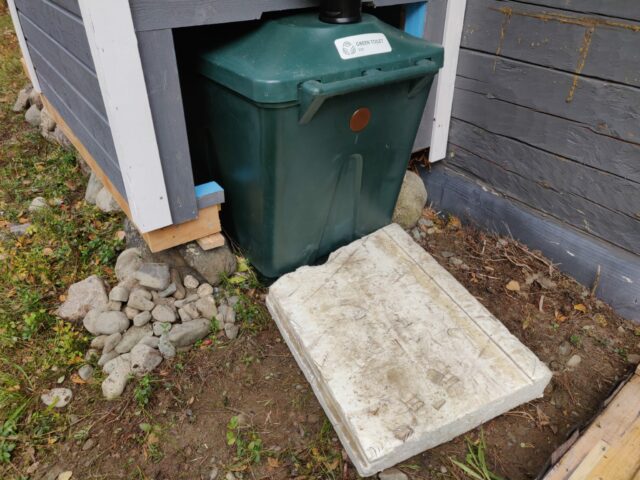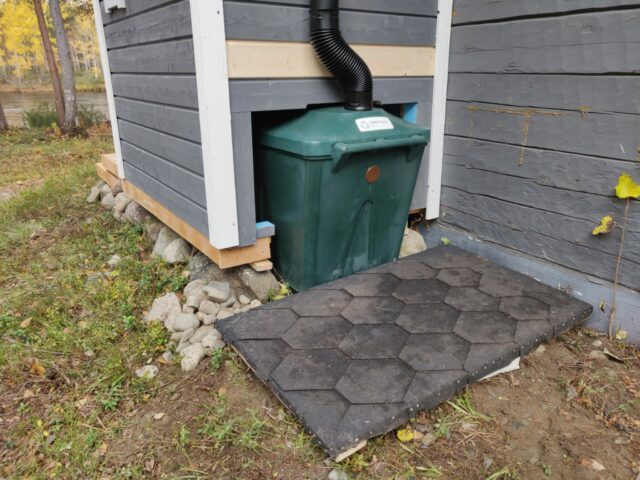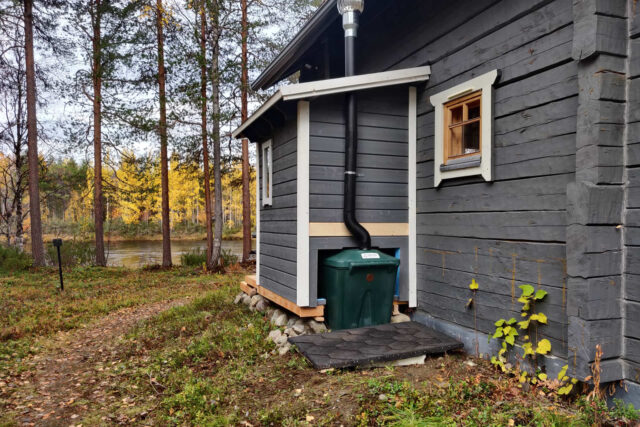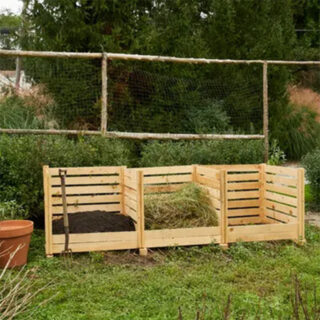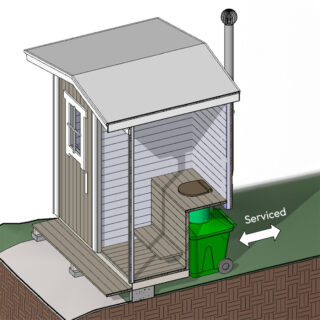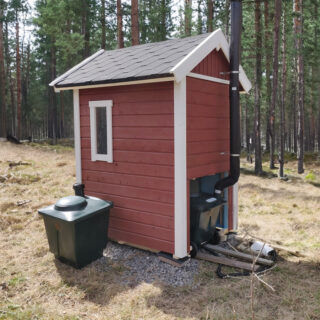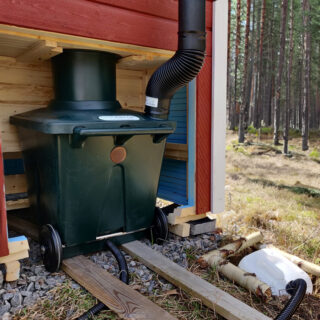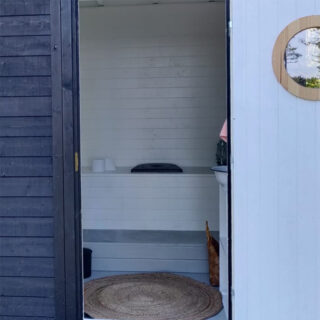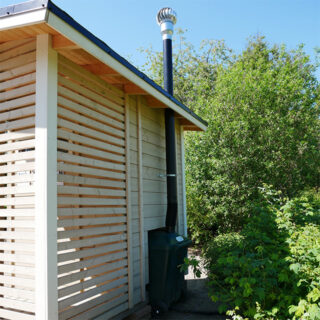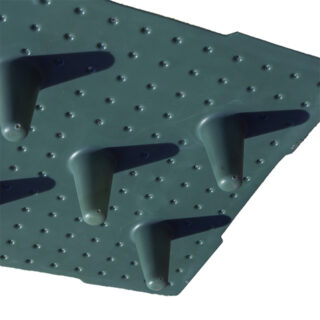Off-Grid Toilets: A Comprehensive Overview
Welcome to our comprehensive overview of off-grid toilets, designed to provide you with a thorough understanding of these sustainable sanitation solutions. In this guide, we will explore various topics including installation options, cost considerations, common use cases, maintenance requirements, and regulatory guidelines. Each section is written to help you navigate the complexities of choosing and using off-grid toilets.
What is an Off-Grid Toilet?
An off-grid toilet refers to a sanitation system that operates independently of municipal water and sewer networks. These toilets are designed to manage human waste through processes that do not require connection to external plumbing or infrastructure. Common types include composting toilets, urine-diverting toilets, and incinerating toilets, each functioning in remote or standalone settings.
Off-grid toilets come in various size, types and best use cases. Many off-grid toilets are composting toilets because they do not require water for flushing making them suitable for almost every off-grid installation.

Benefits of Having an Off-Grid Toilet
Opting for an off-grid toilet brings numerous advantages, particularly in terms of sustainability and location independence. Firstly, these systems significantly reduce water usage, crucial in areas where water resources are scarce or conservation is a priority. Additionally, off-grid toilets can transform waste into compost, enhancing soil fertility without relying on chemical fertilizers. They are also ideal for remote locations where traditional plumbing is impractical or too costly to install, offering a practical solution that supports environmentally responsible living.
Do Off-Grid Toilets Smell?
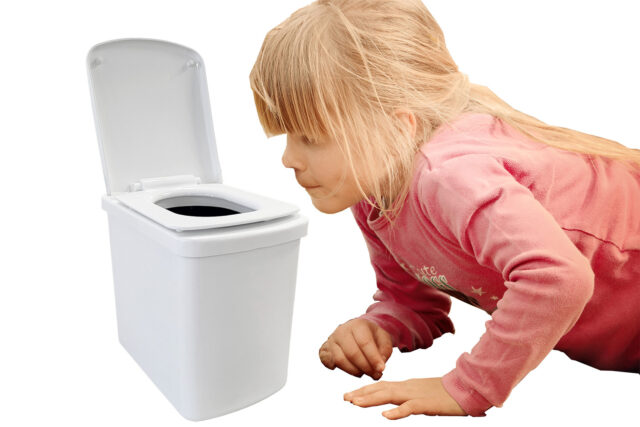
The fear of unpleasant smell is a common concern among potential off-grid toilet users. However, when installed correctly and chosen to fit the use, off-grid toilets are completely odorless. A crucial aspect of maintaining a scent-free toilet is ensuring the effective separation of liquids from solids. This can be achieved through various mechanisms depending on the toilet model. Urine-diverting toilets, for instance, separate urine right at the seat, while many other composting toilets might use a double base design that filters liquids from solid waste. Proper ventilation within the toilet unit itself is also important to prevent any odors from lingering in the toilet space.
Off-grid Toilet Price
Cost is a significant consideration for those interested in off-grid toilet systems. Prices for off-grid toilets vary widely, starting from as low as $200 for the simplest models. However, the average price range for a robust off-grid toilet typically falls between $500 and $5,000. This variation largely depends on the capacity and functionality required to support the number of users.
Systems designed to accommodate more users generally need higher capacities, which can increase the price. Despite this initial investment, it’s important to recognize the long-term value of off-grid toilets. Off-grid toilets are built to last decades even, and can offer substantial cost savings in terms of water usage and sewage disposal. When these factors are considered, off-grid toilets often emerge as an affordable and convenient solution for achieving sanitation independence.
Off-grid Toilet Installation
When choosing an off-grid toilet, it’s crucial to consider the installation options which are largely influenced by the toilet’s design and the building’s structure. Generally, there are two main types of off-grid toilets:
- Self-Contained Units: These toilets are installed directly at floor level and contain all waste within the unit itself. This design is particularly suitable for spaces without the possibility of under-floor access. Self-contained units are easy to install and maintain, making them a popular choice for smaller residences or temporary setups.
- Split Systems: These involve a separate composting unit placed below the floor level, with only a pedestal above the floor where the user sits. Waste is dropped directly into the composting unit below through a vertical chute. While split systems typically offer greater capacity and are ideal for higher usage scenarios, they require sufficient clearance below the toilet to accommodate the composting unit. This makes them more suited for new constructions or buildings where such modifications are feasible.
Before deciding on an off-grid toilet, it’s essential to assess the type of building and the available space to ensure the chosen system can be accommodated. Each type of system has its benefits and installation requirements, and the right choice depends on the specific needs and constraints of the installation site.
Maintenance of Off-Grid Toilets
Maintaining an off-grid toilet is crucial for ensuring its efficient operation and longevity. Although each model comes with its specific maintenance requirements, there are general practices that apply across different types.
For smaller, self-contained off-grid toilets, maintenance primarily involves manually removing the contained waste. This is typically done by carrying the waste out by hand or using a trolley to transport it to a designated emptying site. These models are straightforward but require regular attention to prevent overfilling and odors.
Larger systems, such as batch composting toilets, utilize multiple containers that rotate between active use and composting phases. When one container fills up, it is swapped out with an empty one, and the full container is set aside to continue composting. This cycle allows for a continuous operation without needing to immediately dispose of the waste. Over time, the composted material can be removed and used as a fertilizer, completing its ecological cycle.
Continuous composting toilets work on a similar principle but typically feature a single, larger unit. Waste is added continuously, and compost is extracted from the bottom of the unit for use as garden fertilizer. This system requires periodic monitoring to ensure that only fully composted material is removed, maintaining the balance needed for ongoing decomposition.
Effective maintenance ensures that off-grid toilets remain a viable and hygienic alternative to traditional sanitation systems. For more detailed information on specific maintenance practices, including step-by-step guides on how to empty different types of composting toilets read our article: How to Empty Compost Toilet.
Regulations Governing Off-Grid Toilets
While there are no comprehensive national regulations regarding off-grid toilets in the U.S., local laws vary significantly from state to state, and even between counties and cities. Although there may be areas where compost toilets are prohibited, the majority of locations do not have specific restrictions concerning their use. However, it is imperative for anyone considering or currently using an off-grid toilet to comply with local environmental standards. Proper management of toilet waste is crucial to ensure that the system does not harm the surrounding environment or pose a health risk to individuals. Users must ensure that their off-grid sanitation systems are operated in a safe and environmentally responsible manner.
Common Use Cases for Off-Grid Toilets
Off-grid toilets cater to a diverse range of applications, each suited to different environments and user needs. The versatility in model sizes and functionalities means that these systems can be tailored to various scenarios:
- Private Use: Smaller off-grid toilet models are ideal for private settings where traditional plumbing is impractical. This includes holiday homes, tiny houses, and mobile living environments such as recreational vehicles and boats. These units are compact, easy to install, and efficient for intermittent use by individuals or small families.
- Year-Round Residential Use: Larger off-grid toilets are designed to accommodate the continuous demands of larger households. They are robust, have greater waste processing capabilities, and are commonly installed in residences that are disconnected from municipal sewer systems.
- Public Use: Off-grid toilets are also invaluable in public settings where conventional plumbing is either unavailable or too costly to implement. Locations such as national parks, golf courses, and remote tourist attractions often employ these systems to provide hygienic and environmentally friendly sanitation solutions. These installations help manage visitor waste effectively, even in high-traffic areas, ensuring minimal environmental impact.
By choosing an appropriate off-grid toilet model, users can address their specific needs, whether it’s for occasional use in a vacation home or constant use in a public facility. Each setting demands careful consideration of toilet capacity, durability, and maintenance requirements to ensure optimal performance.
Summary of the Overview
Off-grid toilets provide a sustainable sanitation solution for locations without conventional plumbing. This guide began by addressing common concerns about odors, affirming that with correct installation and selection, off-grid toilets can be completely odorless. We discussed the varying costs, highlighting that while initial prices range from $200 to $5,000, the long-term savings and sustainability benefits make these toilets a cost-effective choice.
Installation considerations vary between self-contained units and split systems, tailored to different building structures and space availabilities. Common use cases range from private residences in remote locations to public settings like parks, illustrating the versatility of off-grid toilets. Maintenance practices were outlined, emphasizing that regular service, whether manual emptying for smaller units or container rotation for larger systems, is vital for efficient operation.
We also touched on the regulatory landscape, noting that while there is no unified national policy on off-grid toilets in the U.S., local regulations can vary, and adherence to these is essential for environmental and public health.
By understanding these key aspects—installation, maintenance, cost, and regulation—users can effectively implement and manage off-grid toilets, aligning with both personal needs and environmental standards.
Looking for a new off-grid toilet?
Fill the form and we will get back to you with a personalized recommendation!
In our natural business you will always get reply from natural, real human being.
Leave a call request
Leave a contact request

Who We Are
At Waterless Toilet Shop we are a dedicated team of dry toilet experts based in Henderson, Nevada. As a family-owned company with deep roots in Scandinavia and Australia, we bring a blend of global insights and local expertise to every product we create.
At Waterless Toilet Shop, we do more than just design and manufacture innovative composting toilets; we also use them daily. This hands-on experience allows us to continuously improve our products and ensure they meet the high standards of functionality and sustainability that our customers expect.
We are committed to living the eco-friendly principles we teach, making our solutions not just part of our business, but a part of our lives. Join us in embracing a more sustainable future, one flush at a time.
Read Our Story

